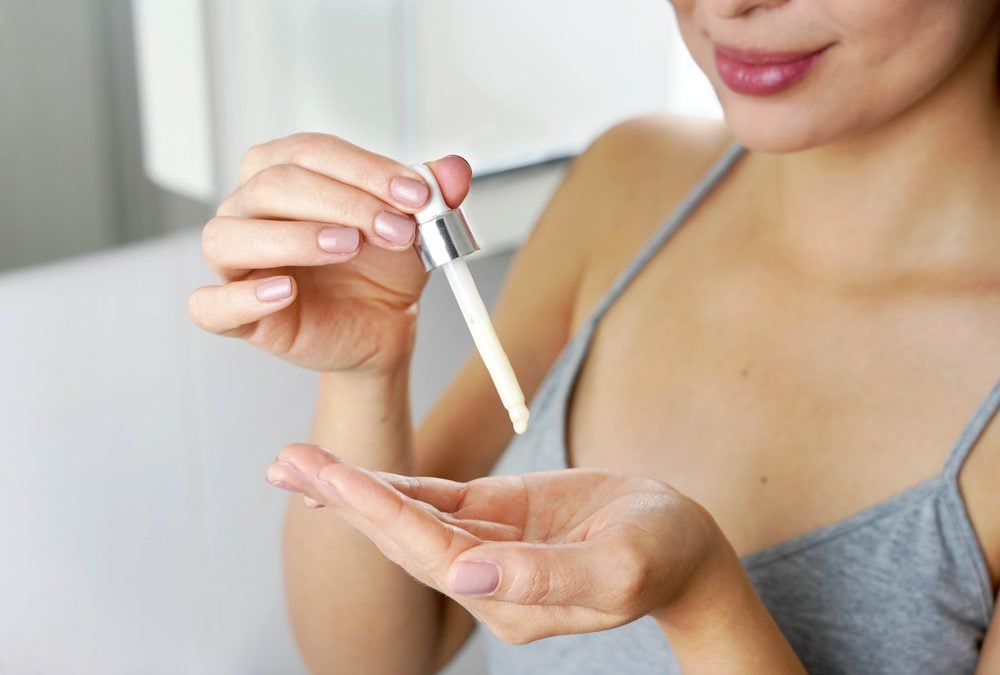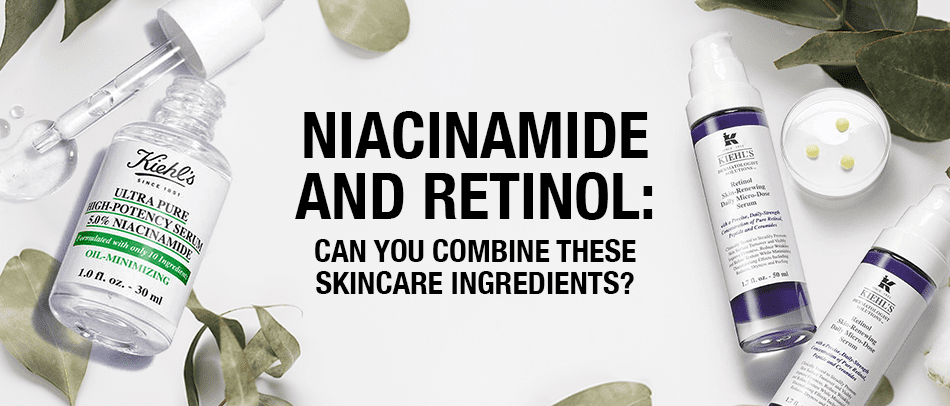Retinol and niacinamide are two beloved skincare ingredients that have gained immense popularity among skincare gurus. These potent ingredients are staples in many people’s skincare routines for their amazing effects. With the many benefits of these ingredients, many are considering combining the two to get the best of both worlds.
If you’re also wondering, “Can I use niacinamide with retinol,” this blog is for you. Here, we’ll discuss using niacinamide and retinol together, tips for maximizing each ingredient’s benefits, and things you should avoid doing.
Niacinamide vs. Retinol: Benefits
Niacinamide and retinol are two of the most sought-after skincare, but how do they differ? It’s best to distinguish their differences and benefits to know what they can do for your skin.
Retinol

- Fades hyperpigmentation
Retinol reduces the appearance of hyperpigmentation, including dark spots, age spots, and melasma. It inhibits melanin production—the pigment responsible for skin discoloration—leading to a more even skin tone.
- Smoothes out wrinkles and fine lines
One of the most significant benefits of retinol is it has anti-aging properties. The ingredient reduces signs of aging by stimulating collagen production in the skin, improving elasticity, and reducing the appearance of wrinkles and fine lines.
- Reverses advanced manifestations of photoaging
Photoaging refers to premature skin aging due to sun damage. Retinol can rejuvenate your skin if you’re suffering from a severe case of photoaging and prevent it, as well.
- Treats acne and prevents breakouts
While niacinamide can help regulate sebum production and reduce the occurrence of acne breakouts, retinol provides a more comprehensive solution for acne treatment. Retinol not only unclogs pores but also has anti-inflammatory properties that help minimize acne-associated redness and inflammation.
Niacinamide

- Fades hyperpigmentation
Like retinol, niacinamide is effective in reducing the appearance of hyperpigmentation and dark spots. It hinders the transfer of melanin to the skin’s surface, giving the user a clearer complexion.
- Balances the production of sebum
Niacinamide helps regulate facial sebum production, the skin’s natural oil. With the ingredient’s capability of balancing sebum production, it can prevent excessive oiliness and minimize the occurrence of acne breakouts.
Check out this table to quickly compare the skincare properties of niacinamide and retinol.
| Benefits | Retinol | Niacinamide |
|---|---|---|
| Fades hyperpigmentation | ✔️ | ✔️ |
| Smoothen out wrinkles and fine lines | ✔️ | ❌ |
| Regulate oil production | ❌ | ✔️ |
| Treats acne and prevents breakouts | ✔️ | ❌ |
| Effective against advanced cases of photoaging | ✔️ | ❌ |
Can You Use Retinol and Niacinamide Together?
Yes, it’s entirely safe to use niacinamide and retinol together. As a matter of fact, these two ingredients complement one another perfectly, with several skin products containing both in their formulation.
Studies on skin care products with niacinamide and retinol reveal the combination boasts strong anti-inflammatory properties, making it an effective acne treatment.
Aside from that, this combination can help improve skin tone and mitigate signs of aging. Niacinamide’s ability to regulate sebum production and inhibit melanin transfer can help create a more even complexion. Simultaneously, retinol’s cell turnover and collagen-boosting properties contribute to smoother, firmer skin with reduced fine lines and wrinkles.
With scientific evidence backing the safety of using these ingredients together, you can go about your routine without the fear of damaging your skin.
How to Use Niacinamide and Retinol Together Properly

As mentioned, using retinol and niacinamide together is fine and can actually help boost each ingredient’s efficacy. However, you should know the proper usage to avoid skin irritation.
You can use the two compounds by buying a product containing both. This straightforward method eliminates the guesswork and saves time with one less product in your skincare routine. For example, Kiehl’s Retinol Micro-Dose Serum combines retinol and niacinamide in a formula gentle enough for everyday use. It also contains peptides and ceramides to give your skin a healthy glow.
An alternative option is applying both independently. If you choose to do this, we recommend using niacinamide before retinol for better skin protection. Niacinamide helps strengthen your skin’s barrier to lock in moisture, keeping it hydrated. Apart from keeping your skin moist, niacinamide increases your skin’s tolerance to retinol, helping reduce irritation.
Once you’ve allowed your skin to get used to niacinamide for a couple of weeks, you can gradually incorporate retinol into your nighttime skin care regimen.
Begin with one to two applications of retinol per week to assess how your skin reacts. If it responds well, you can gradually increase the frequency to two to three times per week. Remember to listen to your skin’s needs and adjust the usage accordingly for optimal results and minimal irritation.
The Skincare Science Behind Retinol and Niacinamide
Retinol and niacinamide target several skincare issues and are safe to use simultaneously. As long as you apply them correctly, your skin can benefit significantly from these ingredients.
Whether you’re using retinol, niacinamide, or other new skincare products, it’s advisable to confirm their compatibility with your skin through a patch test to avoid adverse effects.
Now that the questions what is retinol and niacinamide in skincare are out of the way, it’s time to plan your skincare haul.
Start with Kiehl’s Retinol Daily Micro-Dose Serum. Its gentle dose formulation delivers visible youth renewal minus the side effects for a glowing skin firm to the touch. If you’re a niacinamide newbie, try Kiehl’s new Ultra Pure High-Potency 5% Niacinamide Serum. This potent product visibly minimizes shine and soothes skin in just four weeks.
Browse our shop for more high-quality skincare products to help you get healthy skin!

